Do viral videos spread in the same way as infectious diseases?
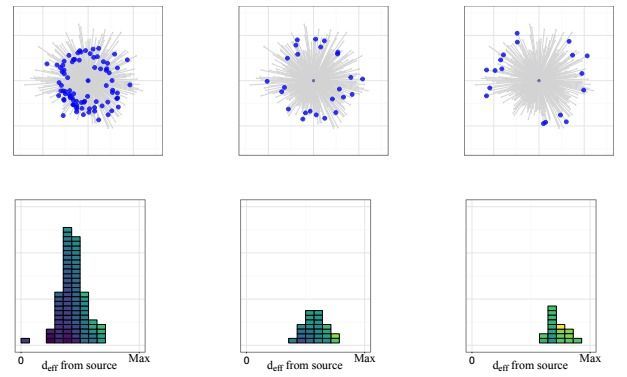

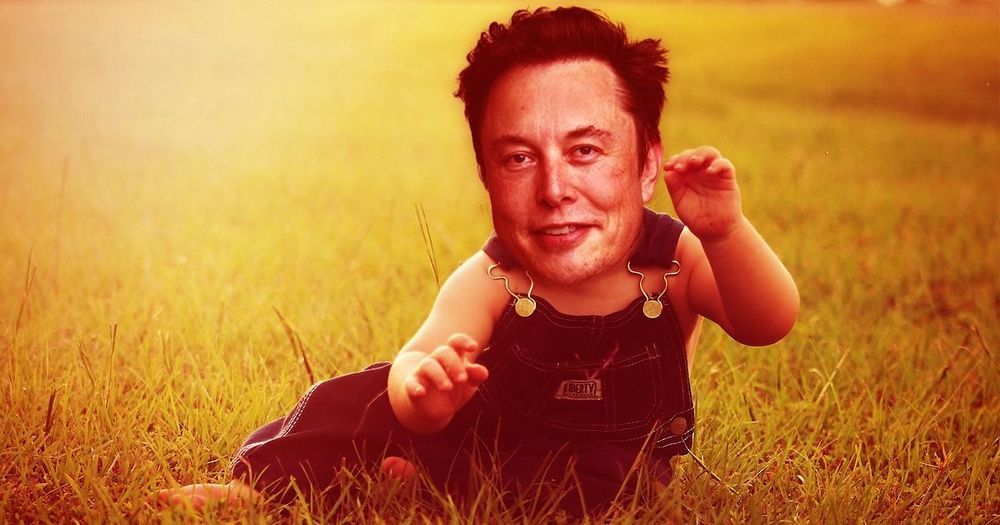
Car Culture
Other automotive name choices include “Ford,” “Bentley,” and “Audi,” as Mashable reports, accounting for thousands of innocent newborns.
Whether the decision will help the car company overcome hurdles like hitting the lowest stock valuation since 2017 or dealing with multiple reports of Teslas randomly catching fire is unknown.
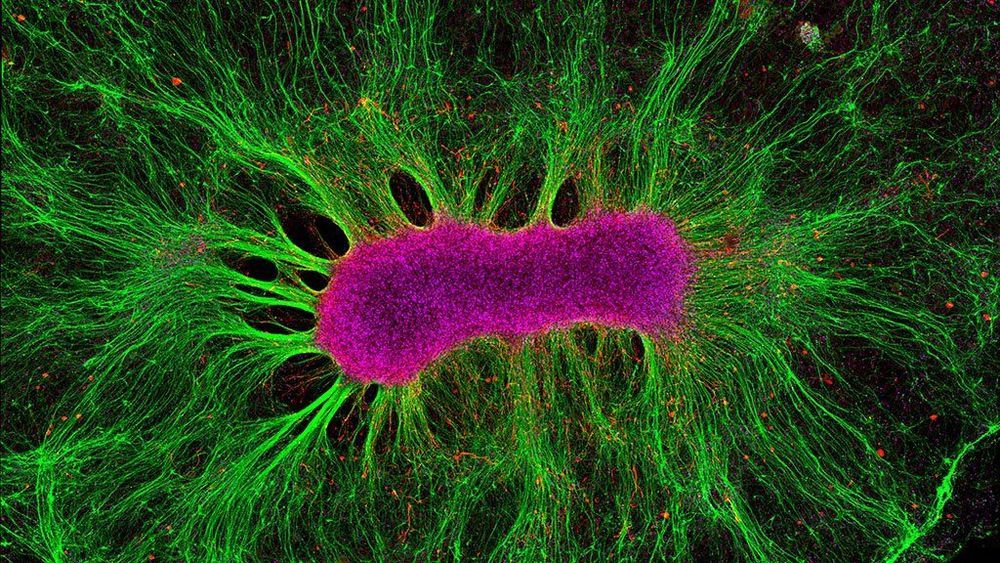
Clusters of human brain cells can integrate into rat brains, and that’s raising concerns about giving animals some form of human consciousness.
Researchers can grow stem cells into tiny clumps of cells, called organoids, that display similar activity and structure to human brains. To find out more about how exactly that works, read our primer from when we made the technique one of our Ten Breakthrough Technologies of 2015.
Now, though, reports Stat, several labs have inserted those organoids into rat brains and connected them to blood vessels; some of the organoids have even grown physical links with the rat brains. From Stat’s report:
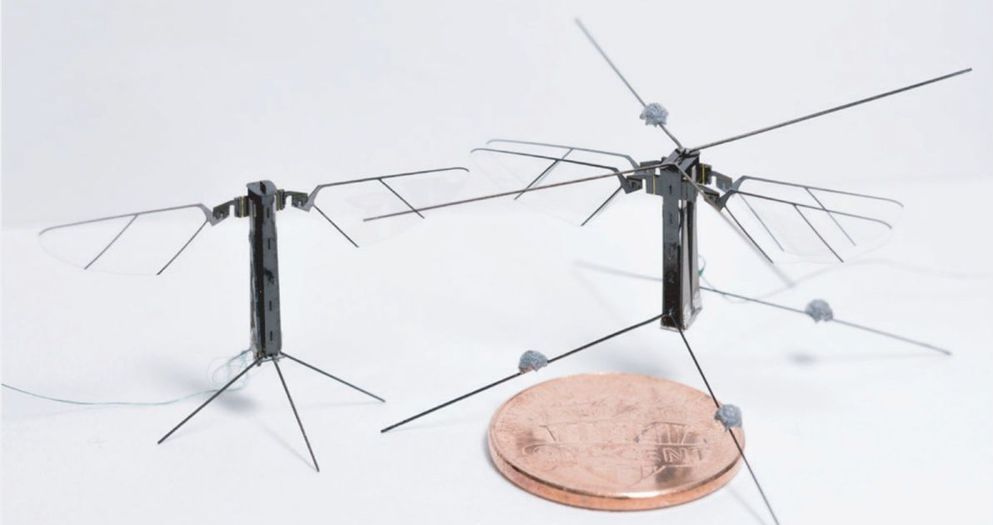
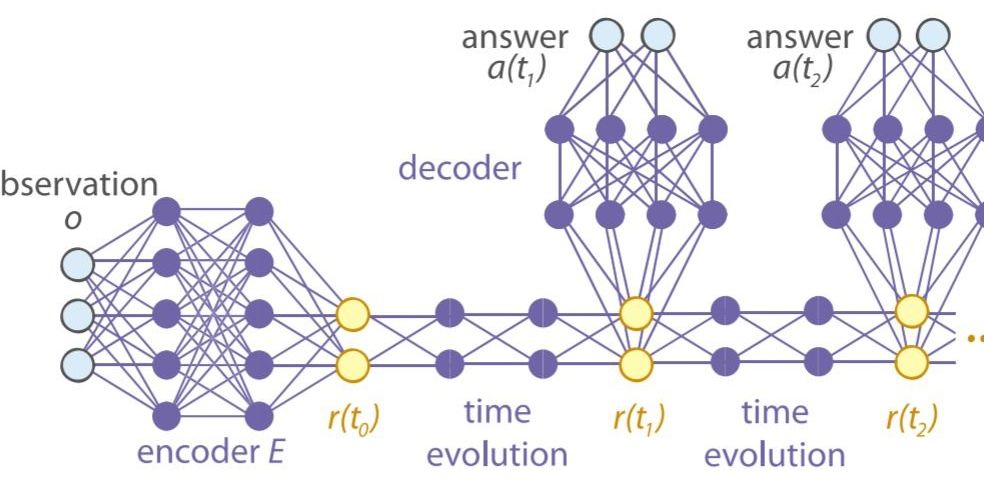
“The nanometer process deals with the space between the transistors mounted on a substrate at a nanometer level,” said Pulse.
“The narrower the distance, the more chips can be squeezed in to boost computing power and energy efficiency. One nanometer corresponds to one ten-thousandth the diameter of a human hair.”
At the Samsung Foundry Forum in Santa Clara, California, the company recently sought to impress advancements it has made in 3nm gate-all-around (GAA) process development.
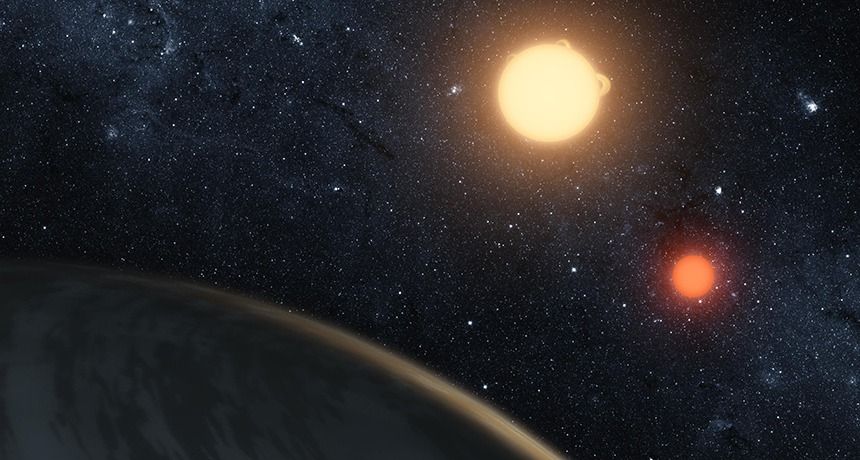
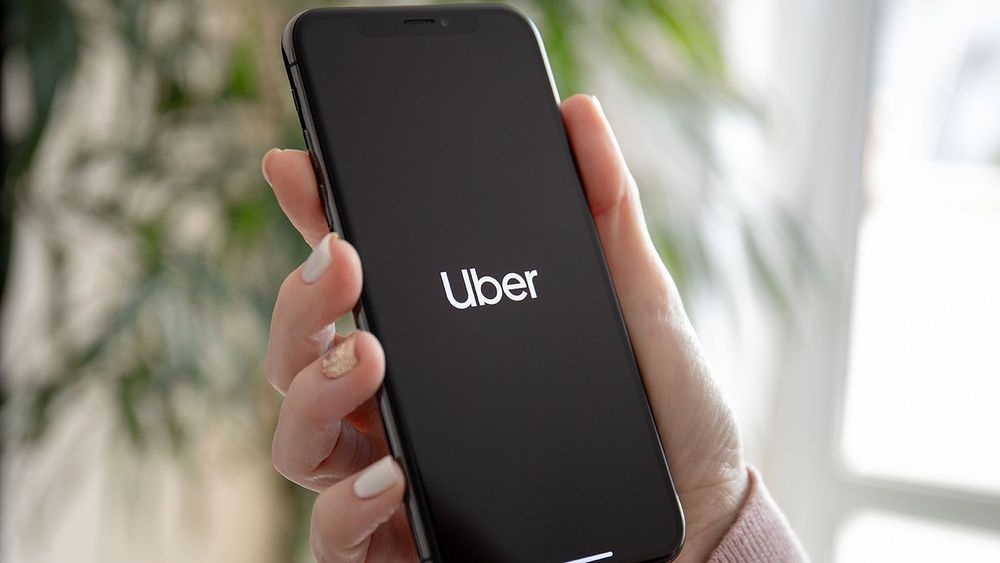
Combining Einstein’s theory of relativity with one of the most powerful telescopes in the world has helped an international team of researchers measure where and how dark matter structures grow in the universe. Their analysis suggests cosmic structures might be evolving more slowly than previously predicted.
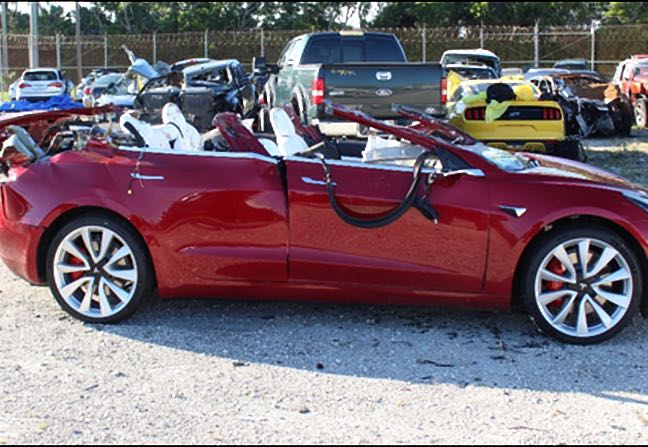
A.I. is yet to prove the safety of self-driving cars.
“Shortly following the accident, we informed the National Highway Traffic Safety Administration and the National Transportation Safety Board that the vehicle’s logs showed that Autopilot was first engaged by the driver just 10 seconds prior to the accident, and then the driver immediately removed his hands from the wheel,” a Tesla spokesperson told The Register in an emailed statement. “Autopilot had not been used at any other time during that drive. We are deeply saddened by this accident and our thoughts are with everyone affected by this tragedy.”